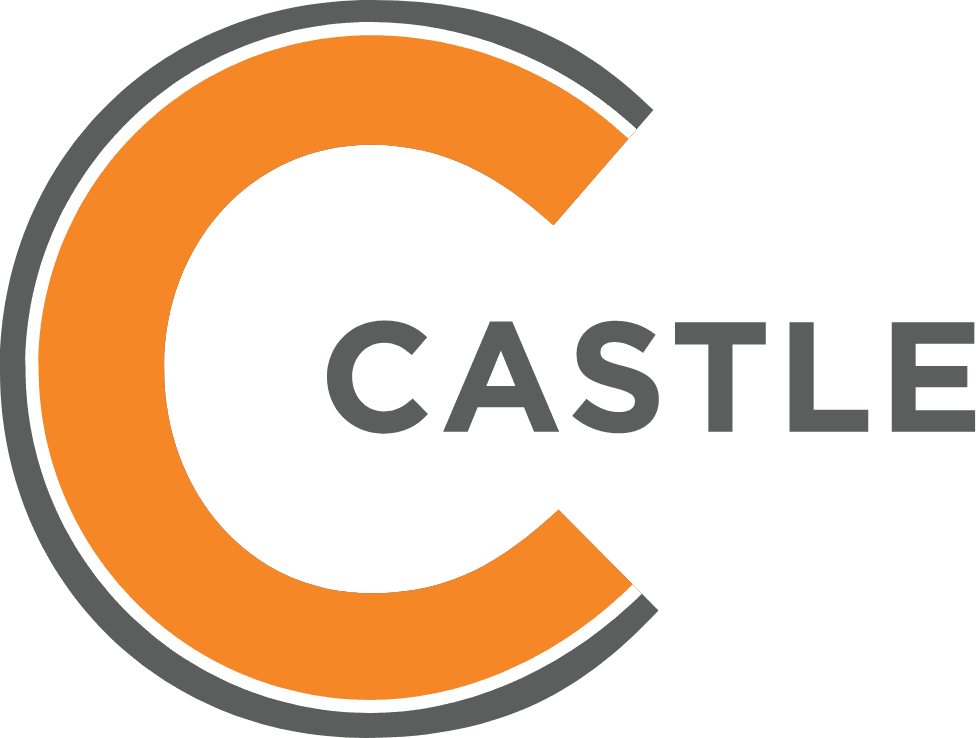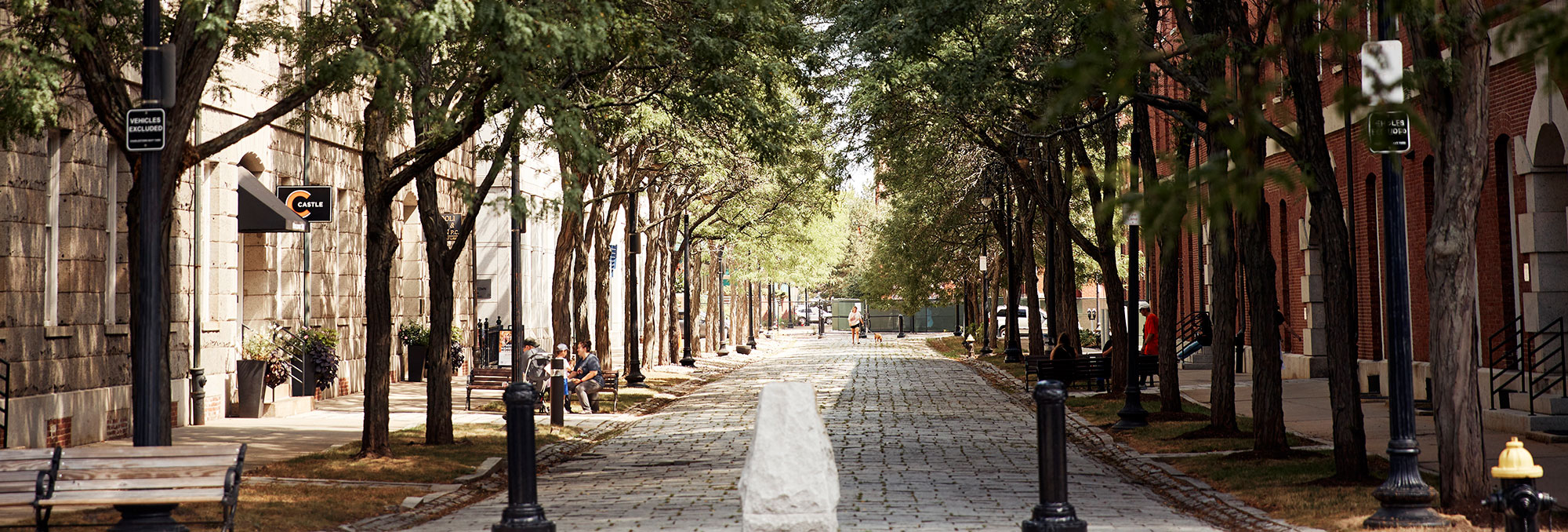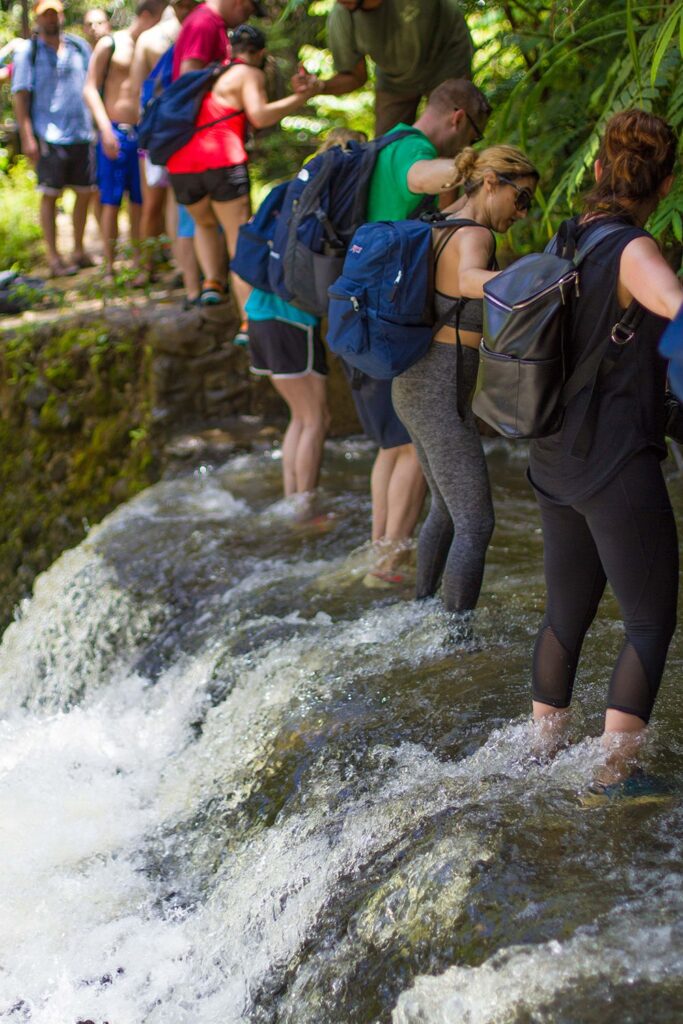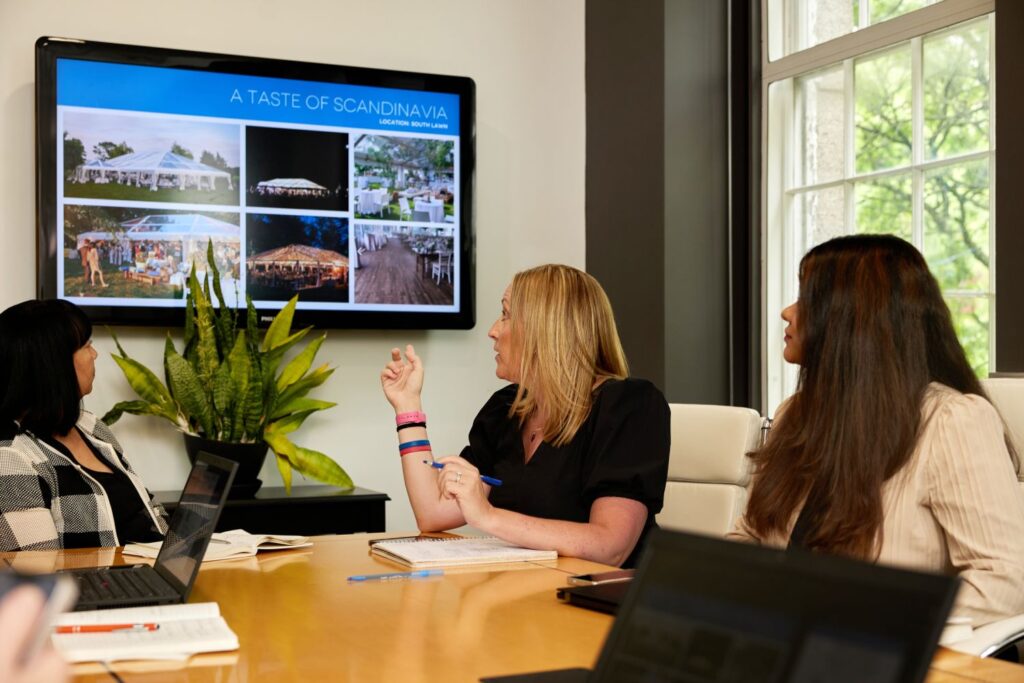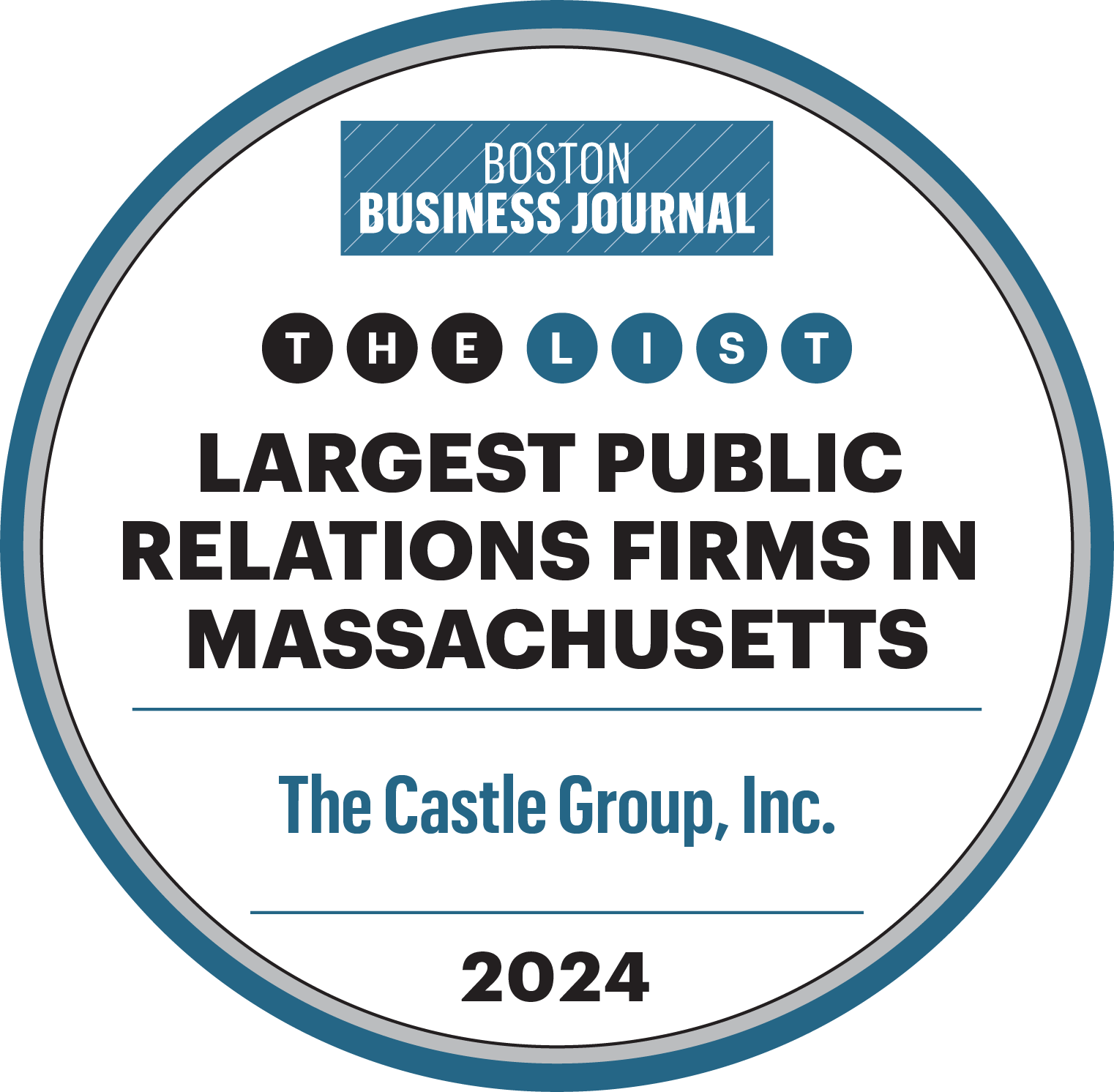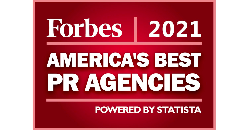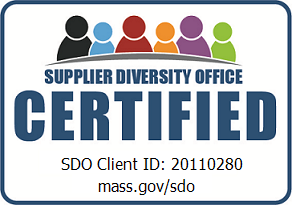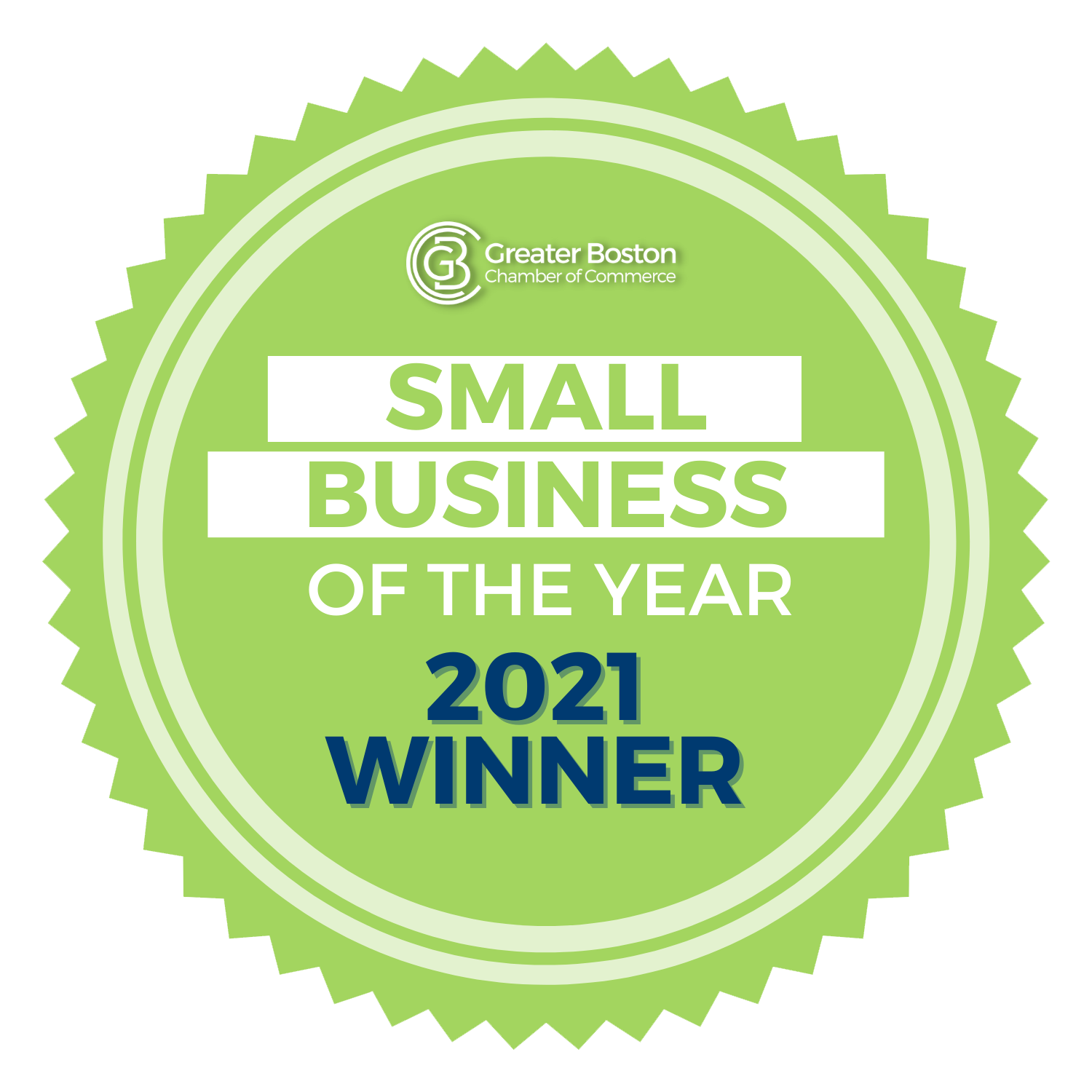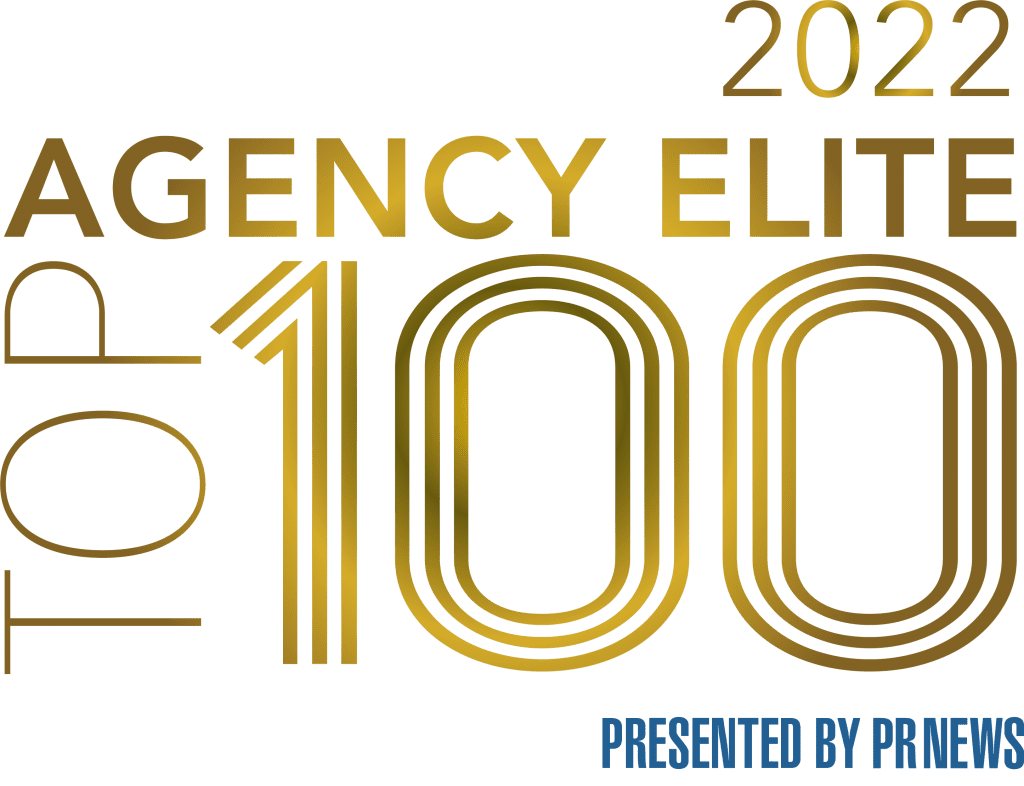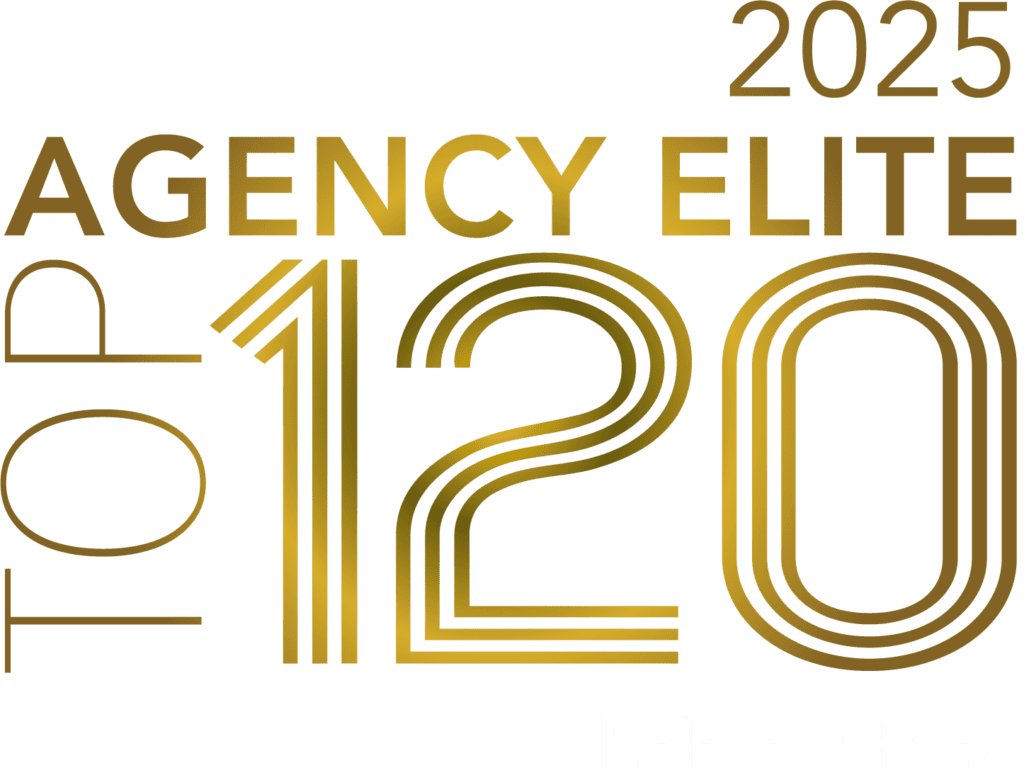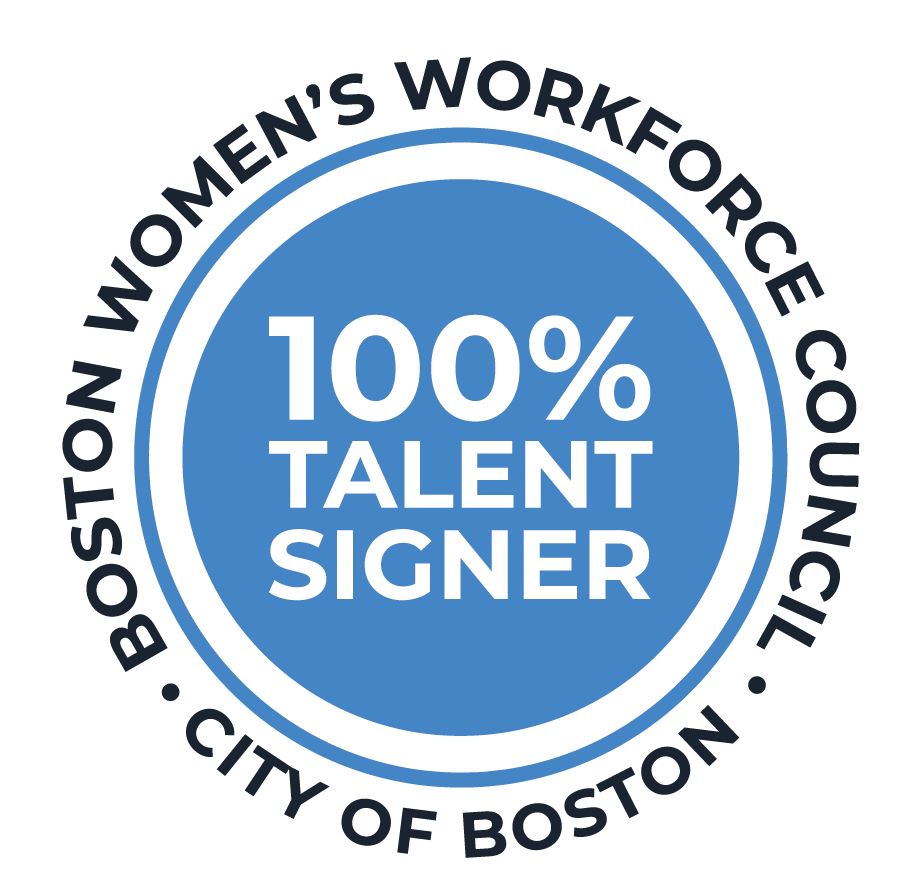When the COVID-19 pandemic hit last year, we had so many questions. When are we going to go back to the office? When will I see my coworkers and clients again in person? What is Zoom?! And why has it taken over my life? As public relations professionals, the core of our job didn’t shift as much as others. We had to adapt to a new way of working, but we could technically work from anywhere, any time. As long as we had a laptop and a phone, we’d be fine. But as we dove into this “new normal” last year, we quickly realized that as much as we always need to be nimble, the far-reaching nature of the pandemic, and other issues, meant that we were rethinking and adjusting plans day to day, if not minute by minute.
Here are some ways that COVID-19 changed PR forever:
Media Relations
The foundation of public relations is getting visibility for our clients. But taking a step back, looking at the bigger picture and knowing when to move forward and when to stop based on what else is happening in the world became essential – not just with COVID-19, but when racial equity became the forefront of many critical conversations and the presidential election turned our country upside down. In a 24/7 news cycle, we needed to constantly consider:
- What’s the right message for today?
- Do we pause our plans or redo them altogether?
- Is there a client angle – in the form of expert commentary or community engagement – that fits into the story?
Getting ahold of reporters and producers became more challenging since most people were working from home. What might have been a detailed email pitch became a text – I’ve got a client who can talk about x and is available this afternoon.
And the speed of the news cycle meant that clients needed to be ready to go – hopping on a Zoom interview ASAP or meeting a camera crew in a store parking lot to do an interview in transit (real example).
Crisis Communications
If the pandemic has taught us anything, it’s to embrace the unexpected. Crisis communications hasn’t changed but businesses of all types now understand how important it is to be prepared. Crisis is a constant – monitoring and being proactive is essential. That was never more evident than the past 18 months.
An important part of our role is keeping clients up to date on what’s going on in the world. A majority of missteps and crises could be avoided if companies and individuals stopped to think about how what they’re announcing, doing, saying will be seen against the backdrop of everything else that is going on in the world.
While our society was in a constant state of chaos, it was critical for us to advise clients not just on the external messages and approaches, but about how they were communicating to stakeholders and internal audiences. This meant alerting and supporting the C-suite and HR with talking points and other tools to effectively communicate to their teams, boards, donors, etc.
Social Media
As social media became the only social part of many people’s lives, everyone’s tolerance for lazy marketing and tone-deaf content plummeted.
People like to know there’s a real person on the other side of branded communication. Content planning has also changed dramatically. After a year of everything being “unprecedented,” social media teams have learned to plan ahead while allowing more room for the unexpected. We needed to ask: What’s scheduled on social media – and do we need to cancel that content for today? And do we – or how do we – respond to what’s happening in our world?
Almost every popular social media platform has rolled out some iteration of a story feature, allowing users to post a visual that lasts for only 24 hours. What started as a Snapchat feature, has since spread to Instagram, Facebook, Twitter and even LinkedIn. They’re a great vehicle for quick updates that fostered social interaction during isolation. TikTok also blew up with its short-form video content that draws users in for long periods of time. We’re seeing more and more businesses partner with influencers to be seen by people all over the world due to their ability to target audiences with original content.
While the past 21 months changed the way we do PR, we learned a lot about best and worst practices to take with us into 2022. Many of these tactics are paying off and organizations are taking these new strategies with them forever. We’ll never be able to predict what is going to happen, but we can be prepared for whatever comes our way – and we’re all stronger for it.
